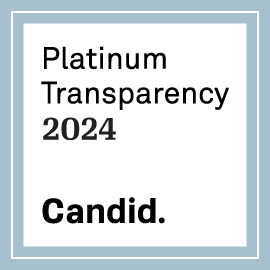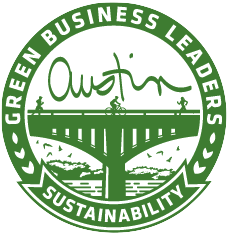Is the sustainability movement doing enough to engage our youth?
This article originally appeared in USGBC+ Fall 2020 | Written by Katharine Logan | Reposted with permission
Generation Z is the largest cohort in history. Born in the mid-1990s and later (which puts the youngest in elementary school and the eldest at the outset of their careers), Gen Z will constitute the majority of the U.S. workforce in 20 years. The future of the sustainability movement depends on this young group of Americans taking up the torch.
Already known for their progressive social and environmental values, their technical know-how, and their willingness to work for what they believe in, Gen Z seems predisposed to contribute to the sustainability challenge.
“It sounds cliché that our generation wants purpose-driven work,” says Peter Harrison, interior designer at ZGF Architects, based in Portland, Oregon, “but when I think of my classmates and other emerging professionals I’ve met, I honestly feel that it’s true.”
Harrison credits a Leadership in Energy and Environmental Design (LEED)-focused course in his final year of studies with showing him how his new skills could directly serve his social and environmental values, and a LEED Green Associate credential that he earned in college with helping him to distinguish himself as a new graduate in the job market.
Now, as a young professional in Gen Z’s vanguard, he sees three factors as core to his cohort’s ability to further the green agenda. These are community, such as the U.S. Green Building Council’s (USGBC) emerging professionals group offers; information, which expert webinars and other online resources make accessible and abundant; and mentorship: “It’s key that folks in those senior sustainability roles reach out to junior staff with perspective and advice,” he says.
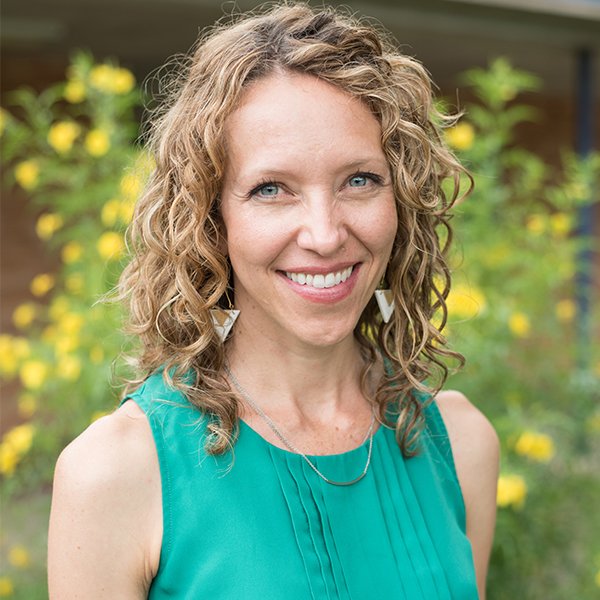
Darien Clary is the sustainability manager at AISD.
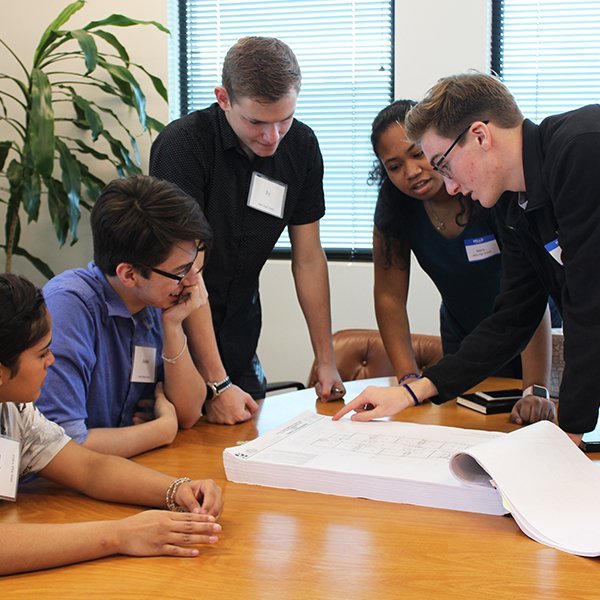
EcoRise is an Austin-based sustainability nonprofit that exposes interns to a variety of careers in sustainability.
In addition to those essentials for engaging new colleagues, how can the green building movement enlist members of this generation in higher numbers? “Build a pipeline that starts from elementary school and goes through high school to college,” says Harrison. “And showcase the variety of careers in sustainability,” rather than highlighting only the obvious options of sustainability consultant or LEED reviewer, “so that someone who’s more creative, or more technical, or more managerial can find their niche.”
One initiative doing exactly that is a green building internship program piloted this year in central Texas. Since 2017, USGBC has supported EcoRise, an Austin-based sustainability education nonprofit, in developing and implementing a curriculum to help the region’s high school students graduate with a LEED Green Associate credential and real-world experience.
From that root, the program has grown to offer professional development and mentorship to educators and an internship program to students. “EcoRise’s mission focuses on cultivating the next generation of green leaders,” says Gamal Sherif, green building program manager at the organization. “We want them to be eco-literate; we want them to enjoy [buildings] and natural environments; and we want them to possibly enter careers that promote sustainability.”
The internship program, which EcoRise developed in collaboration with the Austin Independent School District (AISD), local BLGY Architecture, and the University of Texas School of Architecture, involved over a dozen students from six high schools in such experiences as hard-hat tours of a LEED-targeted school under construction, lunch-and-learns with industry professionals, explorations of their city’s architecture and research into a green building topic of their own choosing.
Examples of focus areas at the summer internship placements include urban heat mapping, school landscaping, urban forestry, HVAC and energy monitoring, regenerative design for social justice, communications, and LEED-targeted school architecture. The cost of the placements was paid, so that students from lower-income backgrounds wouldn’t have to forgo the opportunity in order to earn money.
In addition to deepening the students’ understanding of these areas, the program developed their soft skills, such as collaborating with a diverse group of colleagues, conducting a literature review, communicating in writing and face to face (during the pandemic, screen to screen), and presenting themselves and their ideas.
“I loved watching them find their voice,” says Darien Clary, sustainability manager at AISD, whose team in the Facilities and Construction Management Department hosted two interns. “With green building a growing career field, it really makes sense to equip these students to enter it competitively.”
The program especially prioritizes the inclusion of students from groups that are underrepresented in the architecture, engineering and construction (AEC) professions. Of the summer interns, 50% identified as female, and 75% identified as Latino/Hispanic.
Gamal Sherif is a green building program manager at EcoRise.
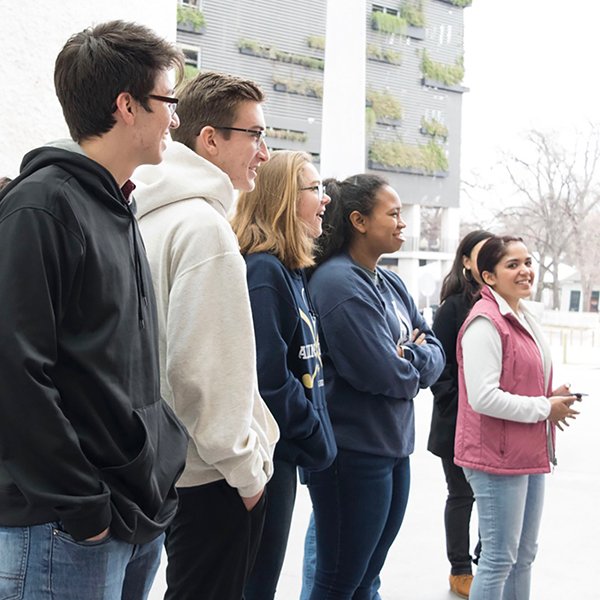
The EcoRise program strives to include students from groups that are underrepresented in the architecture, engineering and construction professions.
The interns speak highly of their experience: “I think we can all say that we got more knowledge and more support than we expected,” says Lesly, one of the students. “It was something I got excited about,” says Jesus, another. For a third student, Sophia, who has subsequently embarked on a university major in construction science and management, “The experience really changed the way I thought about sustainability,” she says. “I’ve always been aware of changes in our environment, but the internship made me think about possible solutions.”
The benefits of the mentor–intern relationship flow in both directions: “The students open your eyes to seeing things in a new way,” says Sita Lakshminarayan, vice president at BLGY Architects. “They walk through a construction project and ask questions that force you to think more rigorously.” Designed for scalability, the Green Building Internship Program will be expanding next year to 10 schools across central Texas, and it has a funding commitment for a pilot in Massachusetts. “We want to share what we’re doing so others can build on it,” says Clary, “and even improve on it—so we can learn from them.”
As for extending the pipeline to Gen Z students who are now in elementary and middle schools, the experience of Aishwarya Balaji, who earned her LEED Green Associate credential in middle school, proves that those kids are not too young. Balaji recognized early that she’s a hands-on learner, and she went hunting for experiential learning opportunities on her own initiative.
“Just looking things up,” as she says, she ended up participating in Future City, a competition in which students imagine, research, design and model a solution to a citywide sustainability issue—which is how she first encountered the principles of green building. “It was like a game,” she says, offering a clue as to how a sustainability curriculum could capture middle schoolers’ attention.
Now a high school senior and a student member of North Carolina’s USGBC local community, Balaji has started a grassroots initiative to promote sustainability in education, which she says too often consists of little beyond recycling. “It’s really important to give a glimpse into the vastness of sustainability and environmental science,” she says, echoing Harrison. As part of that effort, she has started a club at her school to voice student perspectives on green issues—in the school newspaper, for example—and to advocate for sustainability in the curriculum. “If you learn about something when you’re younger,” she says, “it sticks with you.”
If these examples are any indication, members of Generation Z demonstrate idealism balanced with pragmatism and a sense of self balanced with a sense of service. For educators, employers, advocates and leaders looking to the future of the sustainability movement, the arrival of Gen Z represents a hopeful opportunity. “We’re stepping up; we’re asking for a seat at the table,” says Harrison. “Invite us in; link arms with us. Let’s accomplish this together.”
Learn more about EcoRise’s Green Building Academy here.



